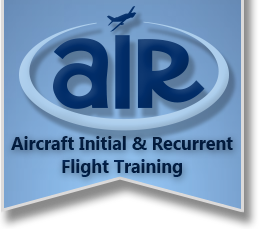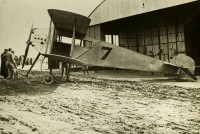AIR Flight Training focuses on detailed, scenario-based Piper PA46 training for Malibu, Mirage, Matrix, and Meridian pilots. We arm pilots with the knowledge and experience to react in any situation.
——————————————
101 years ago this week, Royal Navy Lt. Wilfred Parke became the first aviator to ever recover from a spin.
On August 25, 1912, Lt. Parke was executing flight tests in an Avro G biplane in central southern England, after recently breaking the world endurance record with it. At 700 feet AGL, the aircraft was accidentally spun leftward. In a life-saving attempt to recover, he initially increased speed, pulled the stick back, and turned into the spin–exactly the OPPOSITE of proper spin recovery procedure. To his dismay (and our suspicion), the spin increased and the aircraft continued towards the ground. Due to centrifugal force, Lt. Parke was disabled, thus causing him to release the stick. In a last-moment effort, he kicked the right rudder forward (opposite the leftward spin). The Avro G biplane leveled and recovered at a mere 50 feet AGL. Interestingly, spin recovery was not incorporated into flight curriculum until World War I.
REMEMBER: Per the POH, no acrobatic maneuvers, including spins, are approved in the PA46. However, should you find yourself in one, review these recovery procedures (found in Section 3, Emergency Procedures of the POH), so that you’re not frantic like Lt. Parke:
Rudder —————————————–>FULL OPPOSITE to DIRECTION of ROTATION
Control Wheel———————————>FULL FORWARD while NEUTRALIZING AILERONS
Throttle —————————————->CLOSED
Rudder (when rotation stops) —————->NEUTRAL
Control Wheel———————————>AS REQUIRED to smoothly regain level flight attitude
Sources: “Flight Fantastic: The Illustrated History of Aerobatics,” by Annette Carson, Haynes Publishing Group, England, 1986 and Wikipedia


